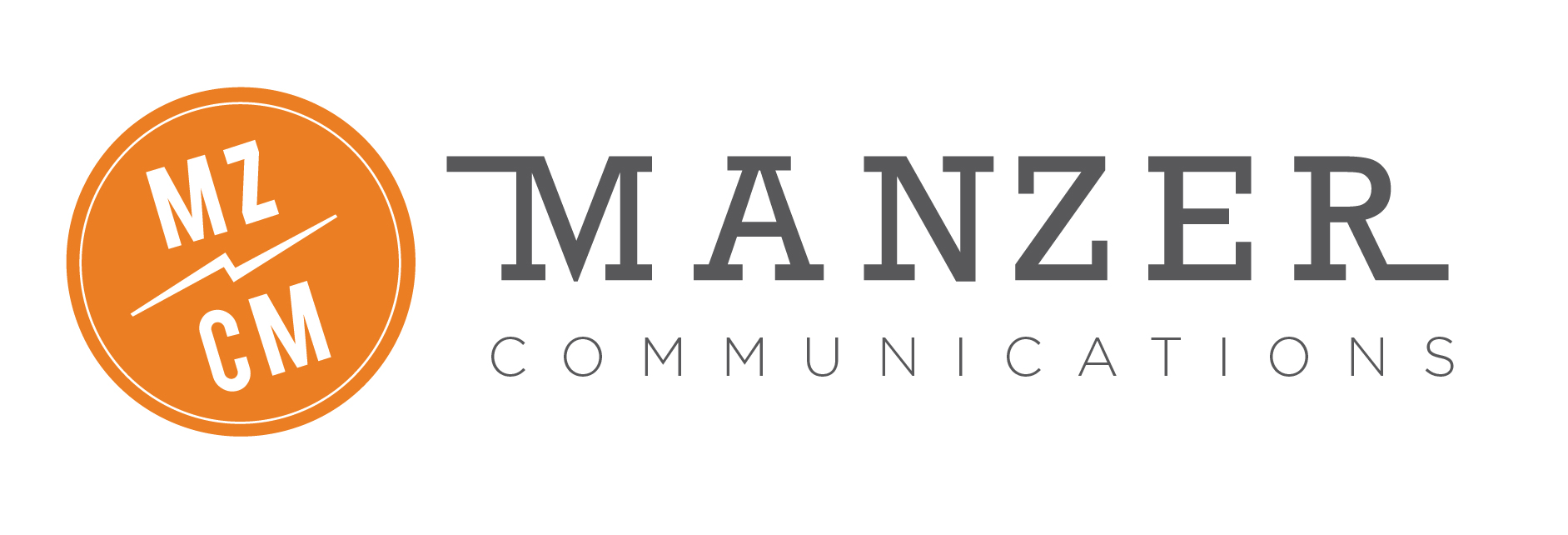
There are a few metrics all marketing managers should know about the cost of marketing to and acquiring new customers: CAC (Cost of Acquisition), CLV (Customer Lifetime Value) and ROI (Return on Investment).
Why are these three concepts in particular so important? Because, taken altogether, they are among some of the best ways to evaluate the effectiveness of a company’s marketing investment. In other words, did the amount invested in any particular marketing campaign deliver the expected results, was it a net benefit to the bottom-line, etc.?
It’s easy to get distracted by other, non-critical signs of success. For instance, a marketing campaign (and a PR campaign for that matter) might have ‘looked good’ on the surface, people may have raved about how original it was, and it may have even earned an award or two, but at the end of the day the key question remains: did the campaign result in a positive financial outcome? CAC, CLV and ROI make that determination possible.
Here are five things you need to understand about CAC, CLV and ROI:
CAC measures what a client costs you
CAC (Cost of Acquisition) is the average total sales and marketing effort that went into acquiring a customer in any given period. It makes sense to combine the two because for most B2B sales to happen you need your entire sales funnel to work for you. CAC is calculated as the total marketing budget divided by the total number of acquired customers. If you spent $1000 acquiring 20 customers, then your CAC is $50. Pretty easy, right? But what if each customer is expected to only generate $40? Spending $50 to acquire $40 in revenue won’t make your CFO very happy. So you can see that it’s important to hit a certain profit margin for your marketing investment to be considered a success. Which leads us to the next two points.
CLV measures the future worth of a client
CLV (Customer Lifetime Value) measures the expected gross sales from a client. If you are a business that sells a subscription based service, you can use the average time that somebody remains a client. Let’s say you sell SaaS marketing analytics software, for which clients pay an average of $20 a month. If clients stay on board an average of 12 months then your CLV is $240. If you are just starting out, you should be very conservative in gauging your CLV to avoid overspending on acquiring your customers.
The ratio CLV:CAC is ideally 3:1
Here’s where things get tricky. It intuitively makes sense that the cost of acquisition of a client should be lower than the CLV. But how much lower? 1% lower? 50% lower? A commonly accepted target is a CLV:CAC ratio somewhere in between 3:1 and 5:1. In other words, you would do well to spend as much as $33 and as little as $20 for every client that is projected to make you $100 per year.
ROI is a function of both CLV and CAC
ROI brings all pieces of the puzzle nicely together. In the following example we have:
- Total marketing budget: $50,000
- Customer lifetime value: $200
- Number of acquired customers: 2,000
Here is how to calculate the ROI:
- (CLV $200 X number of acquired customers 2,000) – (Total marketing budget $50,000) / Total marketing budget ($50,000)
- ROI: 700%
In this example, every $1 spent on marketing generated $7 in gross sales.
ROI can (and should) be calculated for every individual channel
Nobody wants to be the marketing manager who crows about a 700% ROI but is then ignorant about what parts of the marketing mix drove the success. As is often the case, some parts of your marketing mix might be outperforming and some might be lagging behind. How do you discover what needs to be doubled down on and what needs to be tweaked or possibly phased out?
The marketing manager from our example needs an assessment that provides CAC and even CLV data for the different channels (sometimes even at the level of individual campaigns). Invariably, some customers will cost more than others. That is perfectly normal and legitimate, but only if these ‘expensive’ customers come with a higher CLV that warrants the expense.
While CAC is indeed important, ROI (and the CLV:CAC ratio) is a more important metric for deciding which customer to pursue (or let pass). Yet there are even times when ROI takes a back-seat to a decision to bring on a new client. For instance, a startup may value winning a marquee client, say a Fortune 100 company, if it helps provide them a degree of credibility (industry validation) needed to win more smaller and mid-sized clients, even if the CLV of that client does not look like it would warrant the CAC.
Bottom-line: Marketing managers need to have these numbers on their dashboard so they can make informed decisions about any and all investments and report on the degree to which marketing is helping an organization achieve its stated profitability goals.
This article was only one of many that we publish on the Manzer Communications blog. Subscribe to our newsletter and receive a selection of the latest posts (AND exclusive content) in your mailbox up to ten times a year.
